Support from readers like you keeps The Journal open.
You are visiting us because we have something you value. Independent, unbiased news that tells the truth. Advertising revenue goes some way to support our mission, but this year it has not been enough.
If you've seen value in our reporting, please contribute what you can, so we can continue to produce accurate and meaningful journalism. For everyone who needs it.
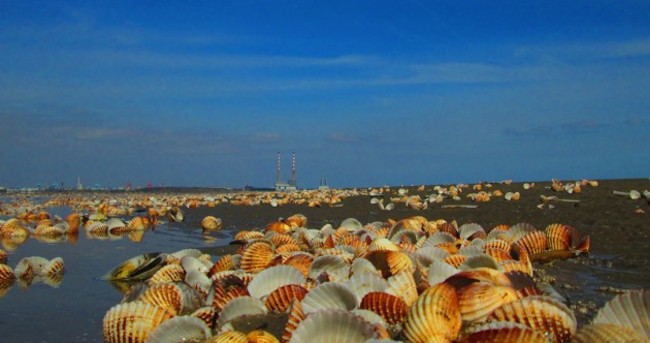











 Source: The photo was taken during activity within NEMOH, an EU project on Numerical, Experimental and stochastic Modelling of vOlcanic processes and Hazard." title="">
Source: The photo was taken during activity within NEMOH, an EU project on Numerical, Experimental and stochastic Modelling of vOlcanic processes and Hazard." title=""> Source: The photo shows a simulated astronaut that is waiting for a rover to deliver a pack (one of the competition tasks). This illustrates the idea of human-robot teams in space where a robot becomes a teammate rather than a mere tool." title="">
Source: The photo shows a simulated astronaut that is waiting for a rover to deliver a pack (one of the competition tasks). This illustrates the idea of human-robot teams in space where a robot becomes a teammate rather than a mere tool." title=""> Source: Pots in the fire! UCD Experimental archaeologists explore the craft and science of ancient pottery production and use." title="">
Source: Pots in the fire! UCD Experimental archaeologists explore the craft and science of ancient pottery production and use." title=""> Source: This image of the common green bottle fly is one of the first images to be shot on my home built optical microscope. The microscope was designed and constructed by myself as an affordable alternative to similar more expensive microscopes intended to image macro sized objects such as insects and flowers." title="">
Source: This image of the common green bottle fly is one of the first images to be shot on my home built optical microscope. The microscope was designed and constructed by myself as an affordable alternative to similar more expensive microscopes intended to image macro sized objects such as insects and flowers." title=""> Source: This false colour image shows latex microspheres decorated with silver nanoprisims. These particeles have potential applications in catalysis, cellular imaging, Surface Enhanced Raman Specrtoscopy (SERS) and plasmonics." title="">
Source: This false colour image shows latex microspheres decorated with silver nanoprisims. These particeles have potential applications in catalysis, cellular imaging, Surface Enhanced Raman Specrtoscopy (SERS) and plasmonics." title=""> Source: Aficionado is a commercialisation project with the purpose of creating an academic expertise location system for the purposes of collaboration building. The project aims to automatically profile the expertise of academics based on their publication output." title="">
Source: Aficionado is a commercialisation project with the purpose of creating an academic expertise location system for the purposes of collaboration building. The project aims to automatically profile the expertise of academics based on their publication output." title=""> Source: Haidar Cialekosun is a worker in a greenhouse in Kumluca, near Antalya,Turkey. Haidar is a wealthy man; he lives and works in rudimentary conditions but local sunshine and poly-tunnels allow him to grow capsicum at great speed. His green peppers are sold across Turkey and throughout Europe." title="">
Source: Haidar Cialekosun is a worker in a greenhouse in Kumluca, near Antalya,Turkey. Haidar is a wealthy man; he lives and works in rudimentary conditions but local sunshine and poly-tunnels allow him to grow capsicum at great speed. His green peppers are sold across Turkey and throughout Europe." title=""> Source: This image captures a focus group discussion with female farmers in central Malawi. Focus group discussions are a qualitative research method employed in this study to better understand perceptions and attitudes towards tree planting." title="">
Source: This image captures a focus group discussion with female farmers in central Malawi. Focus group discussions are a qualitative research method employed in this study to better understand perceptions and attitudes towards tree planting." title=""> Source: snapshot in time; one of 365 photographs taken to capture a shifting urban scape." title="">
Source: snapshot in time; one of 365 photographs taken to capture a shifting urban scape." title=""> Source: Clean water is equally important for everyone. Contaminated water can lead to sudden mass mortalities of animals such as these cockles. My research involves developing a universally applicable microarray to detect waterborne pathogens and help ensure our waters are clean." title="">
Source: Clean water is equally important for everyone. Contaminated water can lead to sudden mass mortalities of animals such as these cockles. My research involves developing a universally applicable microarray to detect waterborne pathogens and help ensure our waters are clean." title=""> Source: This is an image through the eye of a zebrafish, showing the neurons in the retina which enable us to see colour." title="">
Source: This is an image through the eye of a zebrafish, showing the neurons in the retina which enable us to see colour." title="">
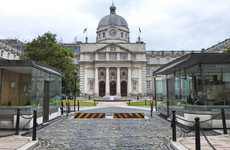

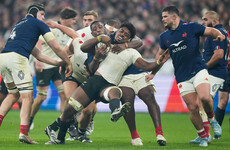

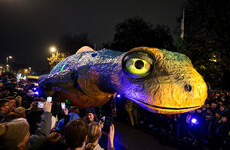

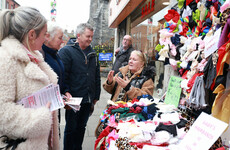






have your say